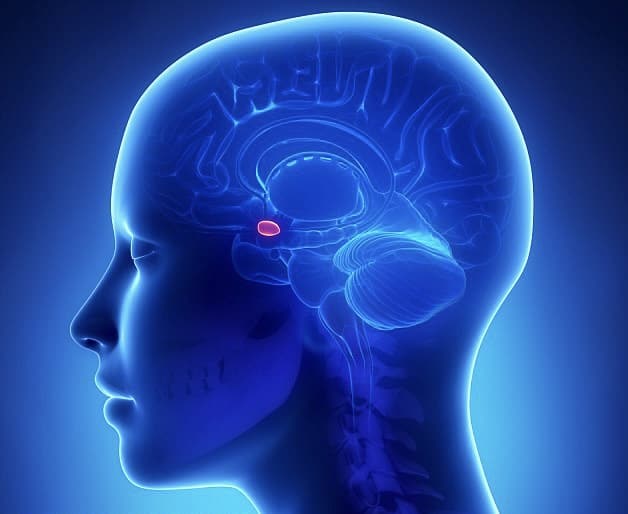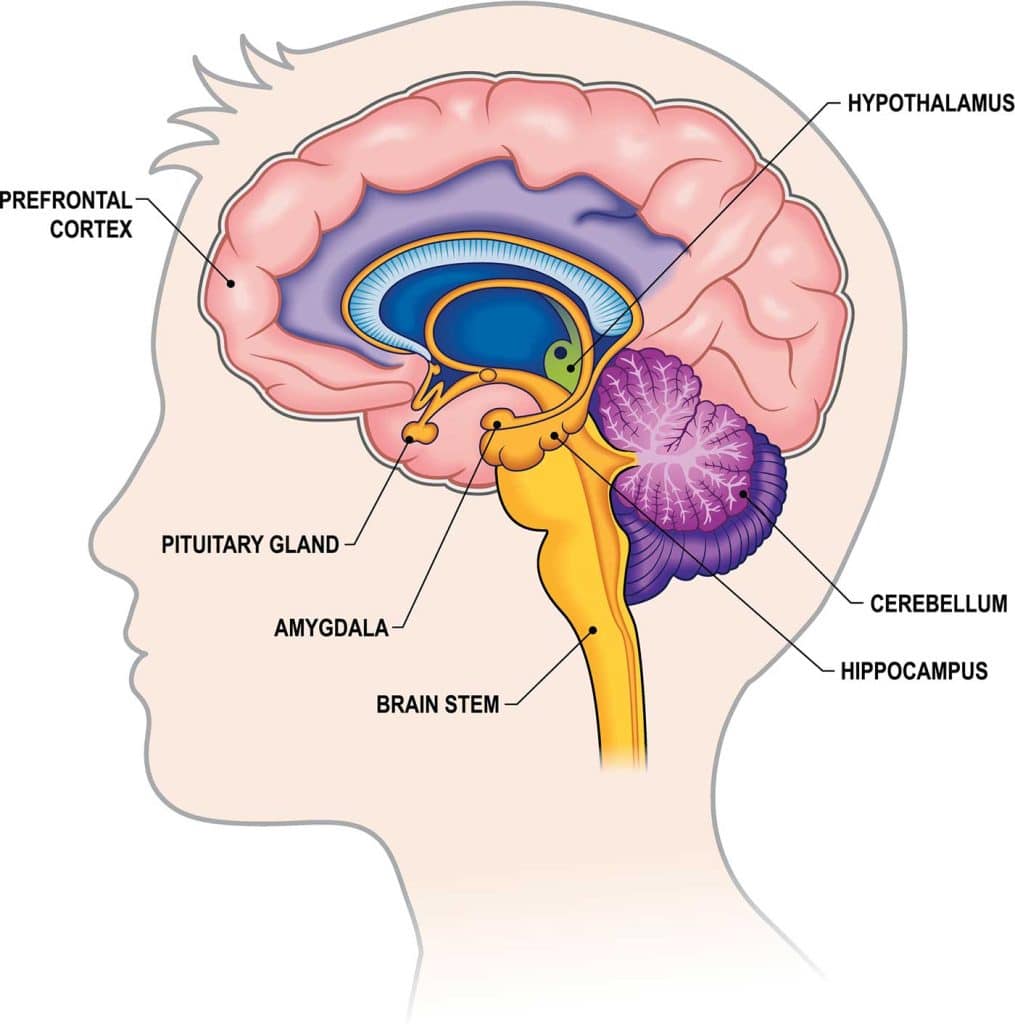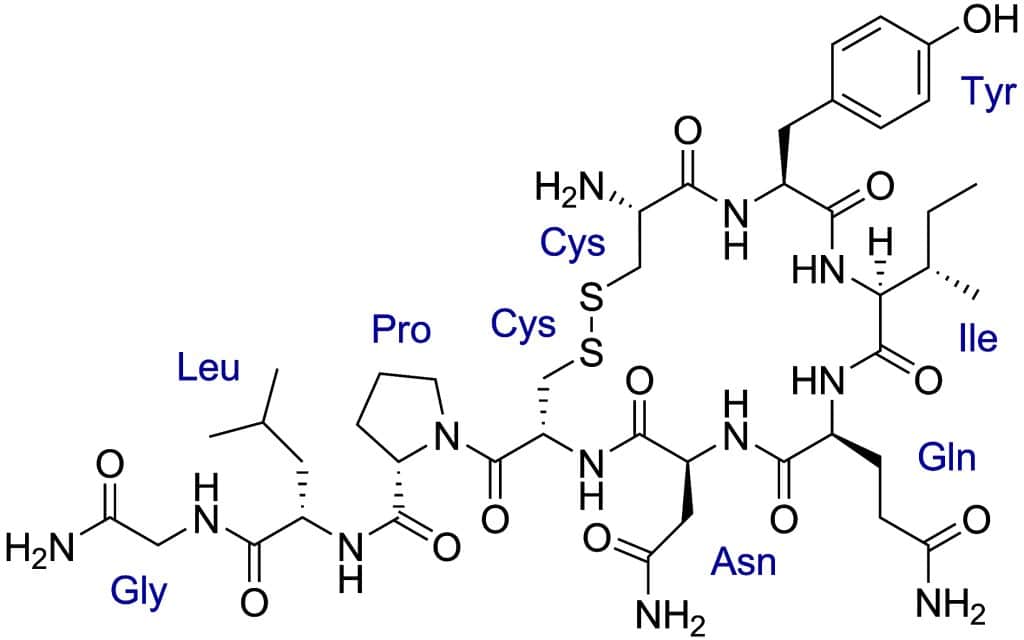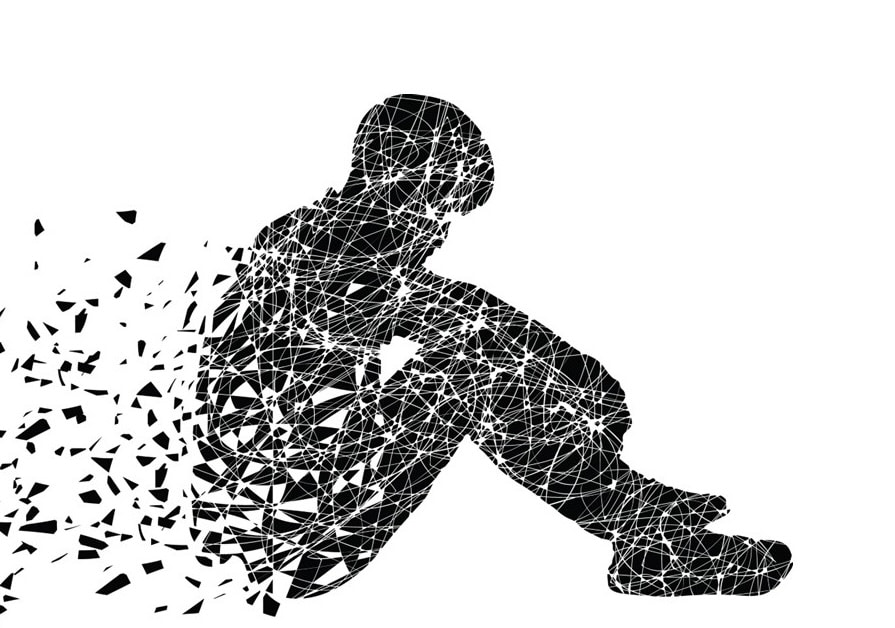Introduction
Grief is a complex emotional response to losing someone or something important to us. It is a normal and natural response to loss, but it can also be a challenging and painful experience that can impact our physical and emotional well-being. In this essay, we will explore grief through the lenses of psychoanalytic theory and neurobiology. We will also discuss the potential benefits of psychoanalytic psychotherapy and cognitive-behavioural therapy (CBT) in facilitating the release of oxytocin and helping with the grieving process.
Psychoanalytic Theory and Grief
Psychoanalytic theory posits that grief is an ordinary and necessary process of mourning the loss of a loved one. According to Freud, grief involves the detachment of libidinal energy from the lost object, which results in feelings of sadness, helplessness, and despair. This process of detachment can be painful, but the individual must move on and form new relationships.
The psychoanalytic theory also emphasises the importance of unconscious processes in the experience of grief. The loss of a loved one can activate unconscious conflicts and anxieties, which can manifest as symptoms such as depression, anxiety, and somatic complaints. Psychoanalytic therapy aims to help the individual become aware of these unconscious conflicts and work through them in a safe and supportive environment.
Neurobiology and Grief
From a neurobiological perspective, grief involves a complex interplay of various brain regions and neural pathways. Studies have shown that the experience of grief activates the limbic system, which is the part of the brain responsible for processing emotions and memories. The amygdala, a key component of the limbic system, is responsible for regulating our emotional responses and plays a crucial role in our experience of grief.

The amygdala triggers the release of stress hormones such as cortisol and adrenaline, which can result in physical symptoms such as fatigue, headaches, and gastrointestinal problems. The prefrontal cortex, another brain region involved in grief, regulates our emotional responses and decision-making processes. In people experiencing grief, this area of the brain may be less active, making it difficult to process information, make decisions, and regulate emotions.

The hippocampus, which plays a crucial role in memory consolidation, is also involved in grief. People experiencing grief may experience memory lapses or have difficulty recalling details about the person or event they have lost. Understanding the neurobiological underpinnings of grief can help us develop better treatments and support for people experiencing this challenging and often painful emotional response.
Psychoanalytic Psychotherapy and CBT for Grief
Psychoanalytic psychotherapy aims to help individuals become aware of their unconscious conflicts and work through them in a safe and supportive environment. This therapy can help individuals gain insight into their grief and healthily process their feelings. The therapist provides a non-judgmental and supportive space for the individual to explore their emotions and memories of the loss.
CBT, on the other hand, focuses on the relationship between thoughts, feelings, and behaviours. It helps individuals identify and challenge negative thought patterns contributing to their grief. CBT also teaches coping skills and problem-solving strategies to support individuals in managing their symptoms and working towards their goals.
Studies have shown that the combination of psychoanalytic psychotherapy and CBT can be effective in helping individuals with grief. This type of therapy can help facilitate the release of oxytocin, a hormone that promotes feelings of trust and bonding and can help to reduce stress and anxiety.
Oxytocin and Grief
Oxytocin is a hormone that plays a crucial role in social bonding and attachment. It is released during social interactions such as hugging, touching, and other forms of physical affection. Research has shown that oxytocin can also be removed during therapeutic interactions, such as during psychoanalytic psychotherapy and CBT.
In the context of grief, the release of oxytocin can help to reduce feelings of stress and anxiety and promote feelings of trust and bonding. This can be particularly important for people experiencing grief, who may feel disconnected from others and struggle to form new relationships. By promoting social bonding and attachment, oxytocin can help the individual feel more connected to others and less alone in their grief.

Furthermore, oxytocin has been shown to have analgesic effects, which can help to alleviate physical symptoms associated with grief, such as headaches and muscle tension. It can also promote feelings of well-being and help to reduce symptoms of depression and anxiety.
Conclusion
Grief is a complex emotional response to loss that can impact our physical and emotional well-being. Psychoanalytic theory and neurobiology provide valuable insights into the mechanisms underlying grief, and psychoanalytic psychotherapy, in combination with CBT, can be effective in helping individuals process their grief and facilitate the release of oxytocin.
By understanding the neurobiological underpinnings of grief and the potential benefits of psychotherapeutic interventions, we can develop better treatments and support for people experiencing this challenging and often painful emotional response. Through the release of oxytocin and the promotion of social bonding and attachment, we can help individuals feel more connected to others and less alone in their grief.
By Ari Sotiriou M.A. psychodynamic psychotherapist co-founder Online Therapy Clinic

